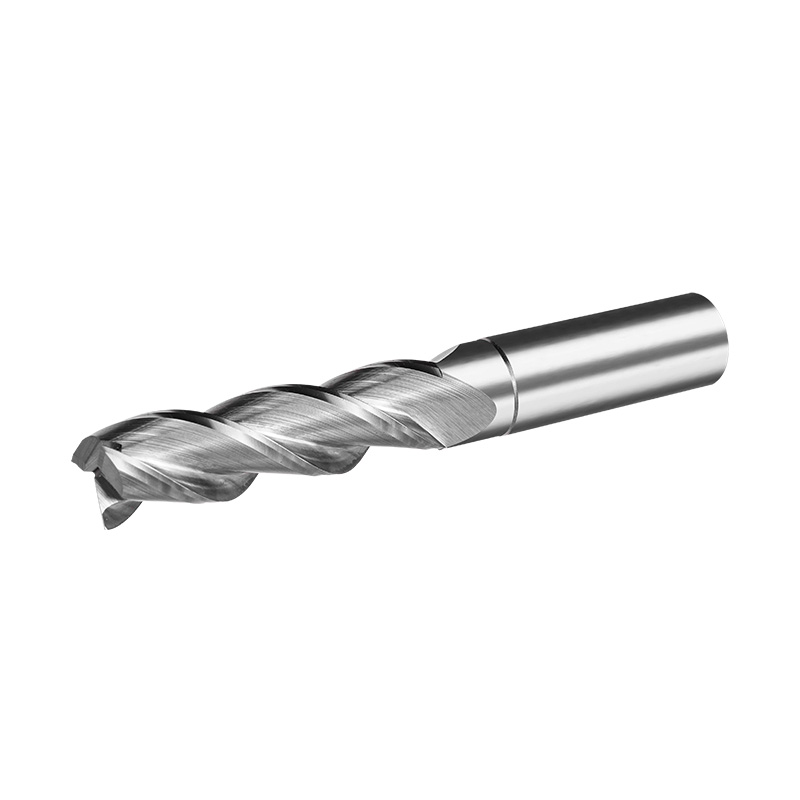Importance of Design in Tool Performance
Solid Carbide Burs are essential tools in precision machining, offering good hardness and wear resistance. Achieving both durability and precision in their design is a complex task, as these two qualities often have competing requirements. A well-designed bur ensures consistent cutting performance, maintains dimensional accuracy, and prolongs tool life, making it critical for industrial, dental, and precision engineering applications.

Material Selection and Composition
- Carbide Grade Selection: Choosing the appropriate carbide grade is fundamental. High-cobalt-content carbides offer increased toughness and resistance to chipping, improving durability. Conversely, ultra-fine-grain carbides provide good hardness for maintaining precision edges.
- Binder Optimization: The binder material in the carbide affects flexibility and thermal resistance. Proper binder composition helps balance toughness with the ability to retain sharp cutting edges under high-speed conditions.
- Coating Application: Surface coatings such as TiN, TiAlN, or DLC enhance wear resistance, reduce friction, and improve heat dissipation, contributing to both longer tool life and consistent cutting accuracy.
Cutting Head Geometry and Tooth Design
- Tooth Shape and Spacing: Optimized tooth geometry ensures effective material removal while reducing stress on the cutting edges. Balanced spacing reduces vibration and helps maintain a precise cut profile.
- Helix Angle: The helix angle influences chip evacuation and cutting forces. Proper design reduces vibration and deflection, supporting precision while preventing premature wear.
- Edge Preparation: Honed or chamfered edges reduce the likelihood of chipping during high-stress operations, enhancing durability without sacrificing sharpness.
Shank and Mounting Considerations
- Shank Diameter and Length: Proper shank dimensions prevent flexing and wobble, which can compromise precision. Longer shanks may provide access to deep cavities, but must be designed to maintain rigidity.
- Surface Finish and Fit: A smooth, precise shank fit within collets or tool holders ensures stable rotation, reducing runout and vibration, which directly affects accuracy.
- Ergonomics for Handheld Use: In applications where the bur is used manually, shank balance and weight distribution also influence operational precision and user fatigue.
Heat Management and Operational Stability
- Thermal Conductivity: Carbide’s inherent thermal properties help dissipate heat generated during cutting, preserving edge sharpness. Design choices that enhance heat flow reduce thermal expansion and maintain dimensional stability.
- Chip Evacuation: Efficient chip removal prevents accumulation at the cutting edge, reducing localized heat and wear, which supports both durability and precision.
- Speed and Feed Optimization: Recommended rotational speeds and feed rates are matched to the bur design to prevent overheating, edge deformation, or uneven cutting.
Testing and Quality Assurance
- Dimensional Accuracy Verification: Each bur is measured for strict tolerances in diameter, length, and cutting head profile to ensure precision.
- Durability Testing: High-speed cutting simulations under varying loads help verify that the bur can withstand operational stresses without chipping or deforming.
- Surface Finish Evaluation: Consistent quality of the cutting edges is monitored to ensure long-term performance and reliable precision across multiple workpieces.
Integrated Design for Longevity and Accuracy
Balancing durability and precision in Solid Carbide Burs requires careful attention to material composition, cutting head geometry, shank design, and operational considerations. Surface coatings, edge preparation, and thermal management all contribute to extending tool life while maintaining accuracy. A well-integrated design ensures that burs perform reliably in high-speed, high-precision applications, providing consistent results and reducing operational costs. Manufacturers that prioritize this balance produce tools that meet the rigorous demands of industrial, dental, and precision machining applications, demonstrating the critical importance of thoughtful design in achieving both durability and precision.
